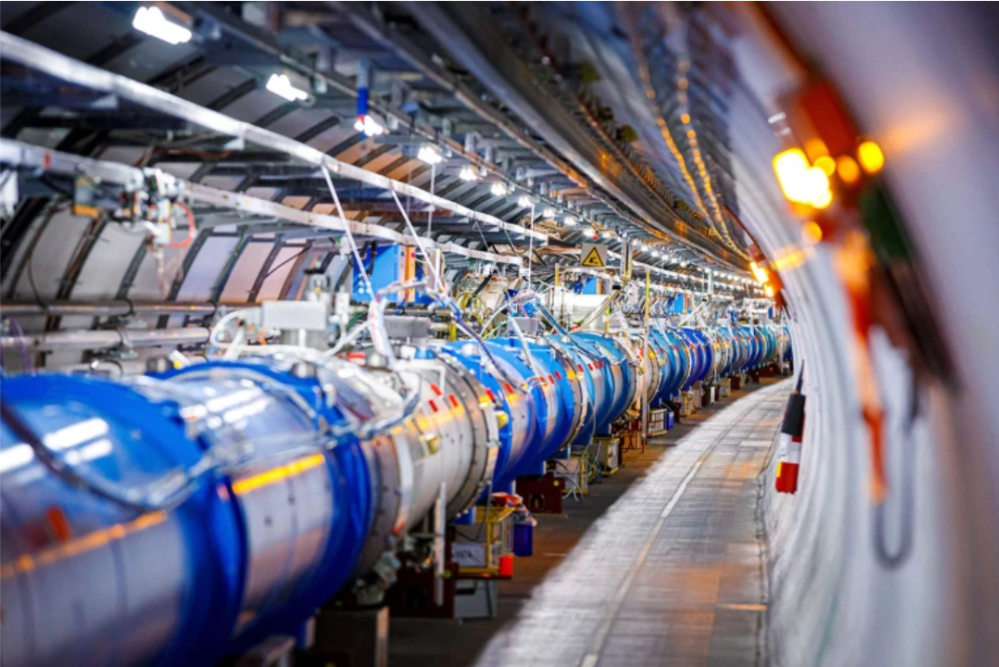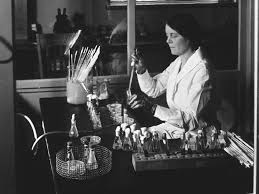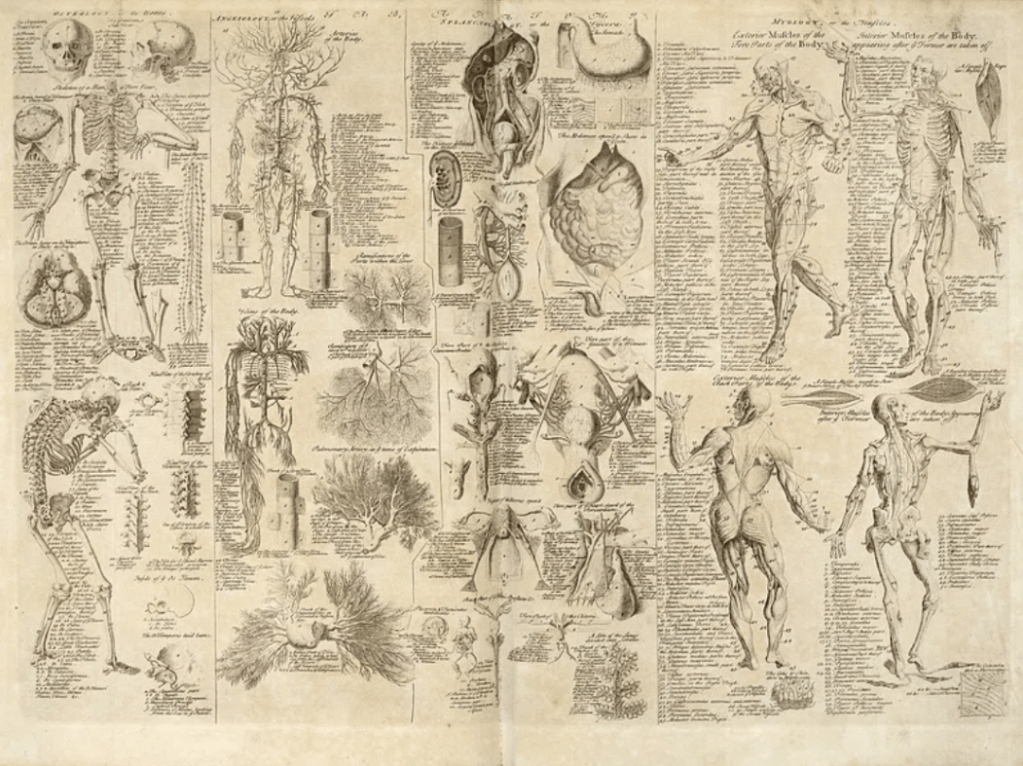In America alone, millions are affected by rare genetic disorders, that number rising to around 260-450 million people worldwide! The key to reducing the detrimental impact of gene mutations, however, could lie within the latest discovery in gene research. CRISPR, standing for Clustered Regularly Interspaced Short Palindromic Repeats, is the genetic makeup in the immune systems of prokaryotic organisms, those without nuclease, such as bacteria. Two key components of the system are CRISP Associated (Cas) nuclease, which binds and cuts the DNA, and a ‘guide’ RNA sequence (gRNA). One could think of Cas proteins as scissors, to provide a better understanding, and gRNA as the hand that guides it. The two work together to eliminate invading viruses and pathogens, first targeting the invader and then cutting its DNA, creating double stranded breaks (DSBs), which the virus cannot repair due to their lack of DNA repair mechanisms. A fragment of the cut DNA is stored; a memory for immune response the next time the same virus attacks.

Image courtesy of Synthego.com
The discovery of the CRISPR system and its capabilities was revolutionary; gene editing technology and modification resulted after extensive research of CRISPR. The discovery, its uses and research is accredited to Dr. Jennifer Doudna at UC Berkeley, and Dr. Emmanuelle Charpentier at the Max Planck Unit for the Science of Pathogens in Berlin. In October 2020, the two women received a Nobel Prize in Chemistry for their groundbreaking work, and earned the title as the first two women in history to share this award without a male contributor.

Dr. Charpentier and Dr. Doudna asked the question: Could Cas9, the protein that cut DNA in the CRISPR system, be utilized in different gRNA sequences? Could the location of the cut be controlled? With these inquiries and the pursuit of their answers, the research of gene cutting technology was underway. Their research showed gene editing using CRISPR worked in a similar manner to that of prokaryotes. The DSB is created by Cas proteins, specifically Cas9. However, eukaryotes, such as humans, plants, and animals, possess DNA repair mechanisms, which can be utilized in gene editing. For instance, scientists use the body’s repair mechanism known as Homology Directed Repair (HDR) to insert new fragments, a technique known as ‘gene knock-in’. This discovery has the ability to correct gene mutations that cause human diseases, and a specific type of editing, known as prime editing, is predicted to be capable of treating 89% of genetic mutations in humans! On the other hand, ‘gene knock-out’ is also possible. As the name suggests, this technique takes advantage of the error-prone DNA repair mechanism, known as non-homologous end joining (NHEJ) to inhibit repair and delete certain regions of DNA, rendering the gene non-functional. Scientists use this in drug discovery and disease modeling.

Today, CRISPR editing technology has led to major advancements in cancer research and elimination. T cells, immune cells in the body used to fight off pathogens, like cancer, are engineered and re-injected into the patient to better target the invading cancer cells. Another fairly recent application is in COVID tests, where the viral particles, if present, are targeted using CRISPR technology. Instead of Cas9, however, a protein known as Cas12b is used, and is present in bacteria in orange juice as well!
The agriculture industry has been drastically impacted by CRISPR technology, creating the ability to modify and grow crops that are increasingly disease and drought resistant. It can be used to increase the shelf-life of perishable foods, reduce food waste, and increase accessibility to healthy foods at a lower cost.
In the words of Dr. Doudna, “The power to control our species’ genetic future is awesome and terrifying. Deciding how to handle it may be the biggest challenge we have ever faced” (Synthego.com). Gene editing technology still has a long way to go, but with the ambition, drive, and efforts of people like Dr. Doudna, Dr. Charpentier, and the other researchers developing CRISPR editing technology, there is hope of achieving increasingly extraordinary feats in the near future.
Works Cited
“CRISPR Office Hours: First FDA-Authorized Use of CRISPR Diagnostics for COVID-19.” Synthego, 26 May 2020, www.synthego.com/blog/stop-covid-crispr-diagnostics.
Eş, Ismail, et al. “The Application of the CRISPR-Cas9 Genome Editing Machinery in Food and Agricultural Science: Current Status, Future Perspectives, and Associated Challenges.” Biotechnology Advances, vol. 37, no. 3, May 2019, pp. 410–21. https://doi.org/10.1016/j.biotechadv.2019.02.006.
Lee, Chelsea E, et al. “Rare Genetic Diseases: Nature’s Experiments on Human Development.” iScience, U.S. National Library of Medicine, 22 May 2020, www.ncbi.nlm.nih.gov/pmc/articles/PMC7229282/#:~:text=These%20definitions%20capture%20between%206%2C000,et%20al.%2C%202020).
Wikipedia contributors. “CRISPR Gene Editing.” Wikipedia, 7 May 2024, en.wikipedia.org/wiki/CRISPR_gene_editing#:~:text=In%202012%2C%20the%20research%20team,system%20needed%20to%20edit%20DNA.
“What Is CRISPR: The Ultimate Guide To CRISPR Mechanisms, Applications, Methods & More.” Synthego, www.synthego.com/learn/crispr#:~:text=CRISPR%20stands%20for%20Clustered%20Regularly,directed%20by%20a%20customizable%20guide. Accessed 14 June 2024.
About the Author
Hi! My name is Tahreem and I am a rising senior in highschool in Alberta, Canada. I enjoy anything chemistry and human biology related, and my goal is to pave the way, along with other women, to make the world a safer place for everyone using STEM and the innovation it brings!



Leave a comment